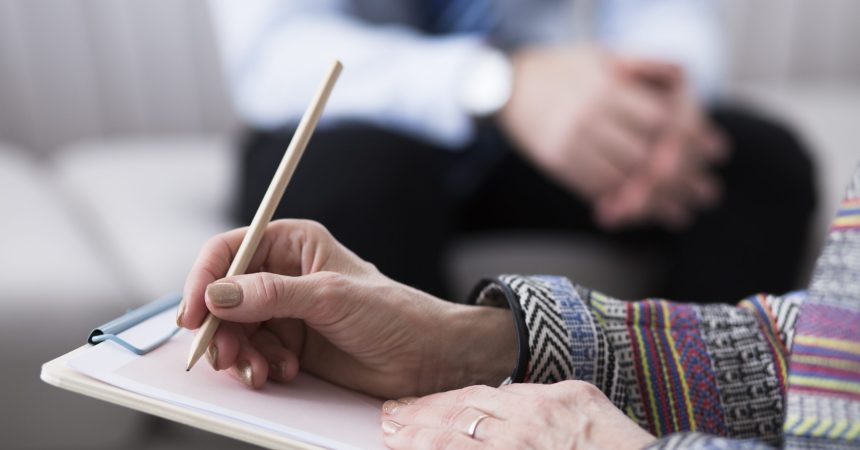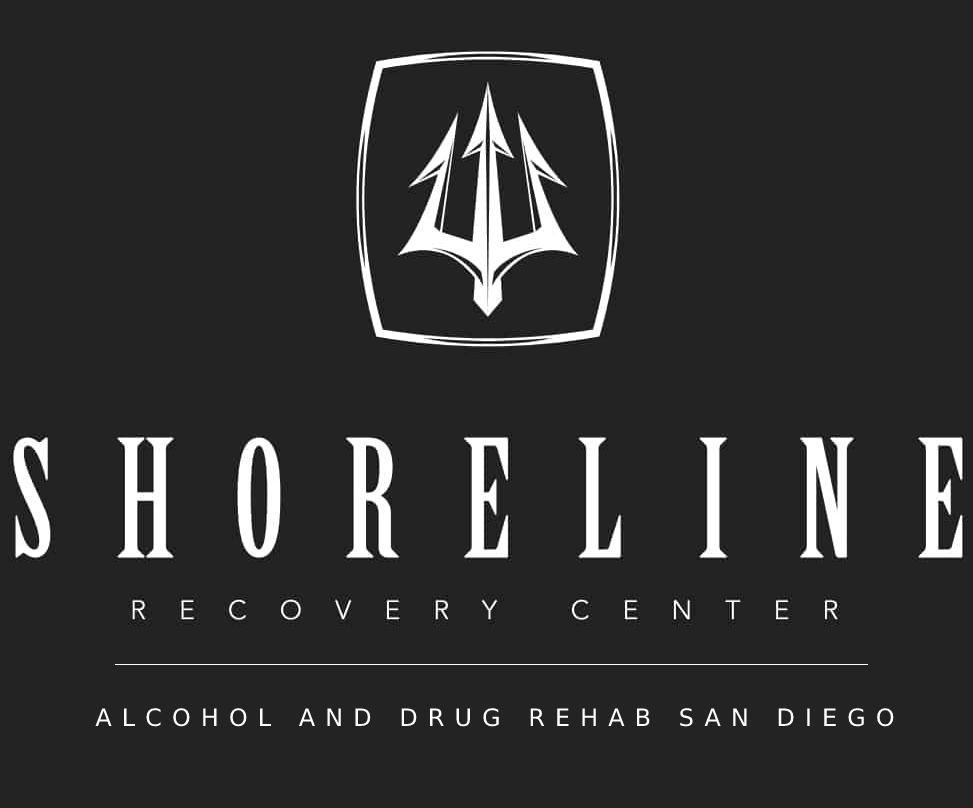Have you ever heard the term ‘closure’ or maybe ‘there is unfinished business?
These terms have effortlessly become part of our culture especially when a negative situation arises, however a very limited amount of people are aware that this mindset of phrases is deep-rooted in gestalt therapy treatment.
Gestalt therapy is a holistic, humanistic, person-centred form of psychotherapy focused on an individual’s present life and challenges rather than lingering or holding onto their past experiences. This specific approach identifies the importance of understanding the context of individuals and taking responsibility instead of shifting and placing blame. Gestalt therapy has become an effective form of therapy that has had an enormous impact on global culture and society.
Gestalt therapy utilizes the client and therapist relationship to action change within the client’s life. Their relationship must work well and maintain a healthy balance; for example, the patient must take responsibility for their activity regardless of a positive or negative consequence. Gestalt therapy will only continue working if the patient actively takes ownership of their life outside of treatment.
Techniques
Gestalt lead therapy involves the patient having a safe space to explore and expand upon their experience in life without becoming fearful of being judged. Therapists will actively encourage their patients to bring their experiences into the room, not to hold back; therefore, the therapist can process raw emotions in real-time.
Gestalt therapy aims to allow the patient to fully collaborate with this therapist to increase personal awareness and actively challenge obstacles blocking the patient from ultimately healing. The therapist may involve the following techniques:
The empty chair
The empty chair technique within gestalt therapy is a role-playing exercise that openly encourages the patient to begin speaking to either another form of themselves or imagine another person. The patient will be positioned opposite the empty chair and begin speaking to the person they imagine or their other part of themselves.
The empty chair therapy techniques can help identify vital meanings, information, and perceptions that the patient may have been entirely unaware of. The method will allow the patient to be more aware of their feelings and emotional experience, an opportunity to begin the healing process.
Words of language
Tone and language are vital in gestalt therapy. As the patient slowly begins to accept responsibility for themselves, they will subtly use a different form of language that reflects a sense of ownership over their lives and experiences rather than focusing on others. For example, instead of saying, “He knocked the glass of water over so, he made me started shouting”, the patient will say terms such as “ I could see it was an accident, I got frustrated because I had said before to please watch the glass of water. It made me feel as though I was being ignored and I don’t like how that made me feel.”
The use of the term “I” is crucial when it comes to gestalt therapy.
Body language
During therapy sessions, a gestalt therapist will consciously observe the patient’s entire body language and movement when discussing specific experiences, from shaking their leg to tapping their finger on the table or pulling a clear facial expression. The gestalt therapist will speak about their observations and ask the patient what is happening and how they feel at the precise moment of these movements.
Often the therapist may ask the client to give their movement a voice and speak from that place.
Exaggeration
In addition to allowing the patient’s body language to have a voice of its own, a gestalt therapist may enquire further into the patient’s body language, especially if their patient often finds it hard to put what is happening in words. The therapist may ask for them to express themselves through the act of motion to draw out the patient’s experience at that specific moment in time.
Patients often have been through a specific experience that has wholly disconnected their emotional experiences from their physical experiences.
Roleplay
Roleplay is similar to the ‘Empty chair’ technique that many gestalt therapists utilize. This therapy technique is used to help patients that have multiple versions of themselves. The patient will speak as the dominant and submissive person regarding how they view themselves within the experience.
Creative arts
Many gestalt therapists will utilize such activities as sculpting, drawing, and painting to encourage their patients to gain awareness of their surroundings, stay present within the moment, and learn how to process the present.
This technique allows the patient to become more aware of their experiences and the ongoing healing process.
Locating emotion
Most patients who are helped with gestalt therapy talk about their emotions instead then experiencing their feeling. Due to the nature of possible experiences, many individuals would have learned to detach their feelings from their expressions completely.
While patients talk about their emotions, a gestalt therapist will encourage them to express where they feel that emotion in their bodies. Bringing emotional awareness within the patient’s body allows them to stay present and openly process their feelings effectively.
Gestalt therapy can help with
Gestalt therapy treatment has been evidence to help patients who suffer from mental health disorders such as:
- Anxiety
- Depression
- OCD
- PTSD
- Self-esteem
Further research has evidenced that many gestalt techniques can help with additional physical pains, such as
- Ulcerative colitis
- Migraines
- Back spams
Patients interested in working on themselves and learning about their role, which creates discomfort and unhappiness in their lives, can benefit greatly.
Final thoughts
Gestalt therapy seeks to resolve the conflicts and ambiguities that result from the failure to integrate features of the personality. Gestalt therapy aims to teach people to become aware of significant sensations within themselves and their environment so that they respond fully and reasonably to situations. Like any treatment, Gestalt therapy has its pros and cons; if this specific therapy treatment is successful, the patient and therapist can be open, honest, and ultimately trust each other. Gestalt therapy can feel very intrusive; the therapist will ask about experiences you may not have healed from or still cause you immense pain; however, this is crucial for success.
Gestalt therapy has backed evidence of successful techniques applicable in today’s society and can be utilized across a broad spectrum of mental health disorders.







